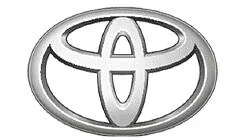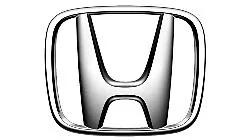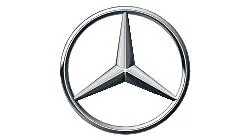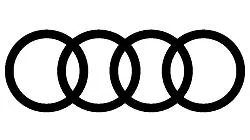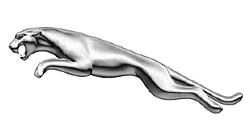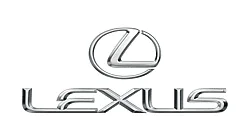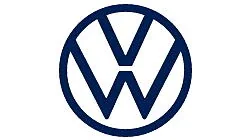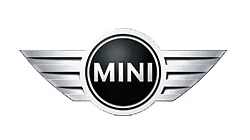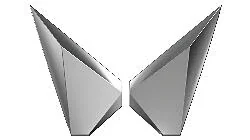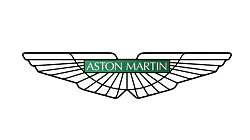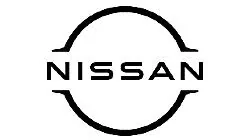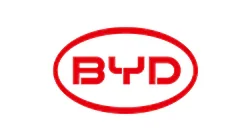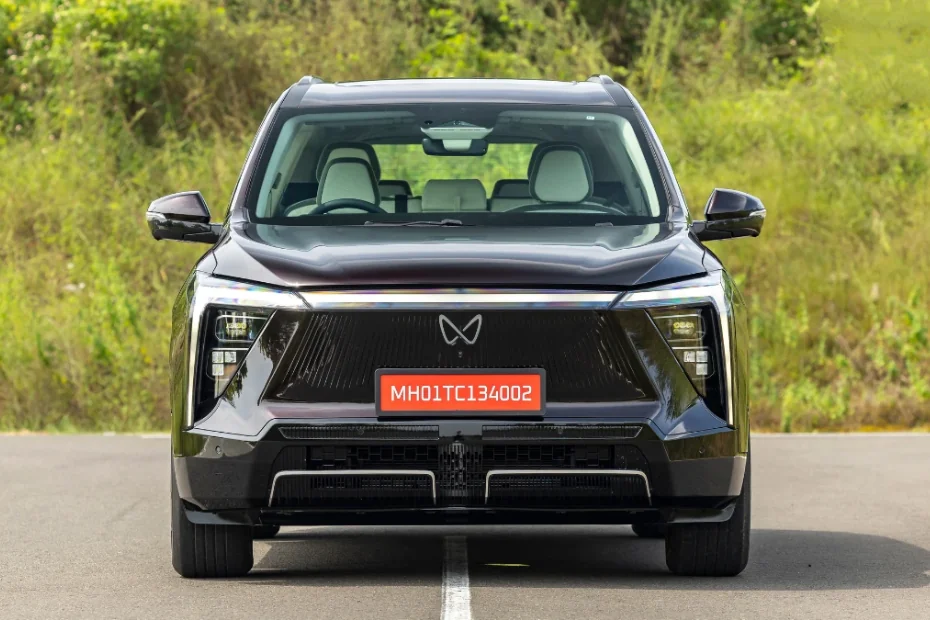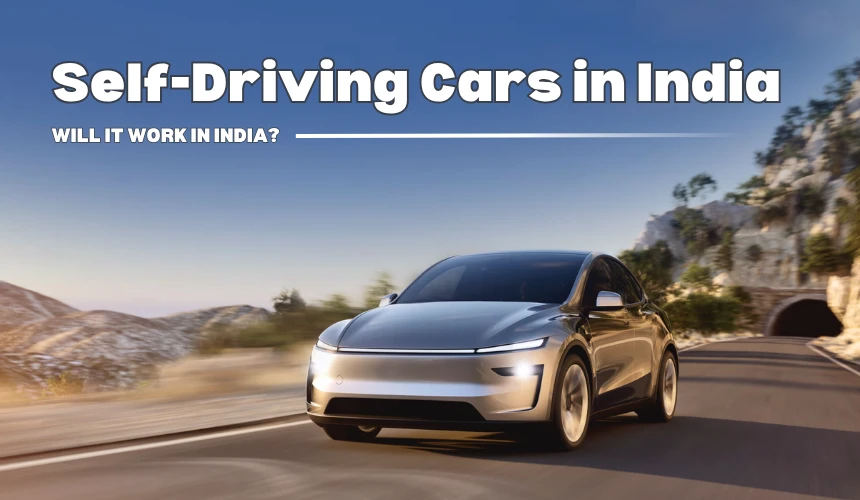
What is Turbo Charging and the science behind this technology is what we are going to be discussing through the medium of this article.
In the recent past, we have all seen badges like TSi, TDI, iTURBO and TURBO on cars. But do you know what they actually stand for and why the technology has gained such popularity? All the acronyms mentioned above signify that a car is turbocharged. Turbocharging is an easy way of achieving high power outputs from smaller capacity engines while maintaining fuel economy. Read along to understand the technology and what the rage is all about.

Cars nowadays are steadily getting larger, and their equipment list longer, but the engine powering them is becoming smaller. To provide a wholesome package of power, technology and economy within a budget, vehicle manufacturers are widely depending upon turbocharging.

Turbocharging is a method of increasing an internal combustion engine's power output and efficiency by forcing compressed air into the engine. A turbocharged engine uses a turbocharger, a turbine-driven forced induction device that runs on hot exhaust gas from the engine. The turbocharger uses the hot exhaust gas from the engine to spin a turbine, which runs a centrifugal compressor to draw cold compressed air into the engine. Critical components of a turbocharger are a turbine, a compressor and a shaft connecting the two components.

One of the key differences between a supercharger and a turbocharger is the method used to run the forced induction device. While a turbocharger uses exhaust gas, a supercharger uses mechanical devices like belts to connect the induction device directly to the crankshaft. A turbocharger is also known as a turbo supercharger as it uses forced induction devices like a supercharger.

This simple diagram above explains the working of a turbocharger. At the end of the power cycle, the exhaust gases from the burning of the fuel inside the engine are channeled through tubes towards the catalytic convertor before being released into the atmosphere through the tailpipe. Now imagine if a turbine is introduced at the exit of the engine outlet. The hot gases will pass through a turbine, and the kinetic energy of the gases will spin the turbine. Now connect a compressor to the turbine's axis. The hot gases which spin the turbine will also rotate the compressor. This rotation will suck air at ambient temperature and pressure into the compressor inlet. This air is then passed through the compressor, where its pressure and temperature will be increased to help squeeze more air into the engine and increase its volumetric efficiency. The additional air helps produce more power per cycle and increases the engine's overall power.
To help achieve this increase in volume, we can employ different types of turbochargers like a single-scroll turbocharger, twin-scroll, variable geometry turbocharger and more. Each system uses its methodology based on the power requirements of the engine.
In addition to the components mentioned above, high-pressure turbochargers also use a blow-off valve and a wastegate. The blow-off valve is used on the inlet side of the engine, while the wastegate is used at the outlet side. Both the components work towards keeping the turbocharger from exploding. When the air pressure at the inlet or of the exhaust gases at the exit exceeds a set value, these components bypass the gases to prevent any damage to the system.
Pros of turbocharging:
· Provides increased power.
· Increases fuel efficiency by reducing engine capacity for the same power output.
· Not affected by altitude changes.
· It can be used on almost any vehicle.
· Less polluting as the additional air helps burn the fuel more cleanly.
Cons of turbocharging:
· Reliability due to the added layer of mechanical complexity.
· Due to the system's reliability on exhaust gases, there is a significant lag at low speeds called the turbo lag, as the kinetic energy of the exhaust gases are not sufficient to spin the turbine at speed to produce charge (or compressed air).
· High operating temperature
About Author
Car Lelo was launched with a vision of making the car buying effortless and was designed keeping in mind all the ifs and buts that overshadow the car buying experience. We at Car Lelo strongly believe; buying a car is a unique escapade that does not happen every day. We strongly put in our efforts to deliver an overall bespoke experience to our customers. We bring it all together on a single platform, starting from choosing your car online to selecting colours, variants, and the paperwork. With our remarkably easy user experience, we aim to drive transparency throughout the purchase process. We at Car Lelo offer deals on cars and offer the highest satisfaction after the car is delivered. Car Lelo aims to cut out on the daily hassle and bring ease to your fingertips.
Top Car Brands in India
Top Car Brands in India
Trending Car News in India
Trending Cars in India
Trusted Dealer
All Over India
Irresistible Offers
Stay Updated, Pay Less
Compare Cars
Choose the Right Car
Easy Finance
Multiple Finance Options

Monday - Saturday
10:00am - 6:30pm
+91 7947722777, +91 7479000444, +91 9311718549
contact@carlelo.com









